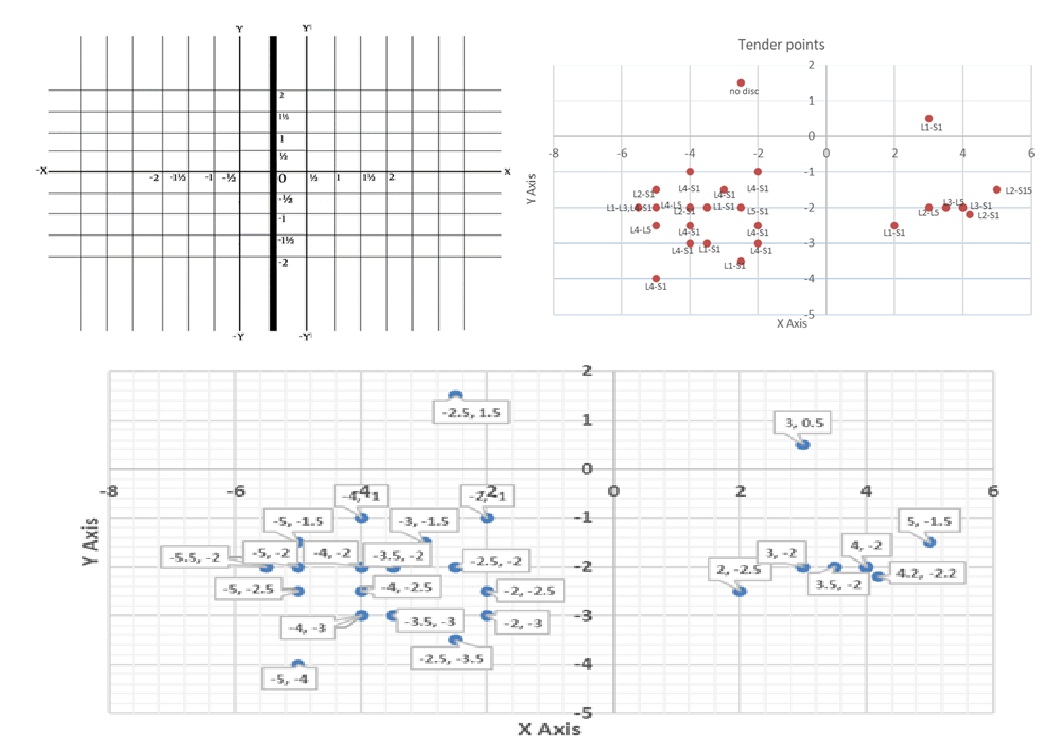Development of a Clinical Diagnostic Parameter for Diagnosis of Lumbosacral Disc Prolapse with respect to the Tender Point Based on MRI and CT Scan Findings
DOI:
https://doi.org/10.47070/ayushdhara.v12i1.1877Keywords:
IVDP, MRI, CT scan, Tender pointAbstract
A quite common, painful disorder of the spine is Intervertebral Disc Prolapse (IVDP). Usually, pain is brought on either by repetitive twisting, bending, or heavy lifting. The pain starts in the lower back mainly the lumbosacral region because of its mobility and radiates to the gluteal region and posterior thigh. Clinical assessment and imaging studies are used now-a-days to evaluate the patient’s symptoms. Magnetic Resonance Imaging (MRI) and CT scanning employed to identify the etiological factors and determine the level of the anatomical abnormality in spinal diseases. But MRI scan is considered to be one of the expensive test in radiological diagnostics, due to which economically weaker patients are unable to afford it and suffer throughout their life with pain due to lack of proper diagnosis and treatment. So, in this research work tender point of lower back have been identified. The relationship between the radiological findings and tender point is found statistically highly significant.
Downloads

Downloads
Published
Issue
Section
License
Copyright (c) 2025 AYUSHDHARA

This work is licensed under a Creative Commons Attribution-NonCommercial-ShareAlike 4.0 International License.


